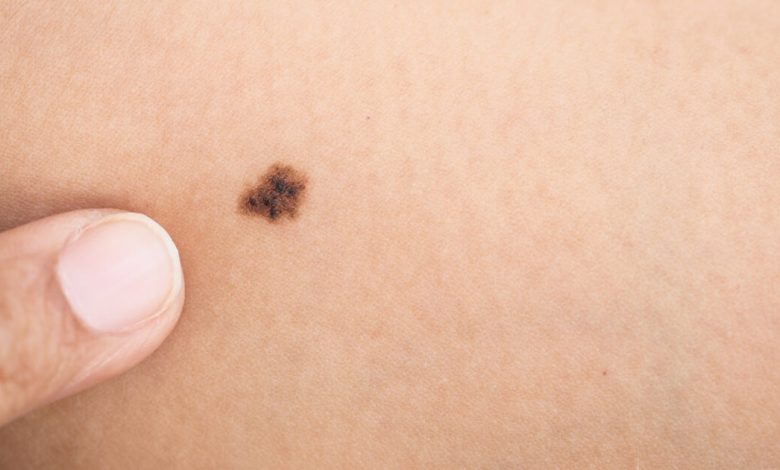
The irregular growth of skin cells causes skin cancer. It happens when the skin is exposed to excessive Ultraviolet radiation (UV) from the sun, which can affect multiple parts of the skin. It can also occur when the skin is not exposed to the sun. It is a common form of cancer. It is recommended that everyone should examine their bodies for unusual changes in moles, spots, lesions, lumps, bumps, or any other new marks. Some skin cancer symptoms for diagnoses are easy to figure out, but some are difficult. According to reports, nearly one in five people gets diagnosed with this at some point in life.
Types of Skin Cancer with symptoms
There are some common types of skin cancer with different symptoms. All these types depend on the appearance and types of cells affected in the skin.
- Basal cell carcinoma– It forms in basal cells at the bottom of your skin’s upper layer, called the epidermis. Basal cell carcinoma generally occurs when any part of your skin is exposed to sunlight, like hands, legs, arms, face, mouths, ears, and bald parts on the head top. It is the most commonly found skin cancer type in the world. However, it is generally localised in most people and doesn’t spread to other body parts. Therefore, it is mostly not life-threatening.
- Squamous cell carcinoma– Squamous cell carcinoma also occurs in the same areas as basal cell carcinoma. This cancer grows in squamous cells, which are flat cells found near the surface of your skin. Most people with darker skin get affected by this in areas that aren’t exposed to sun rays.
It can form in the mucus membrane and genitals. It can also occur in the vagina, vulva, cervix, and penis lining and is usually linked with the human papillomavirus (HPV) infection. It may occur in the vagina of women with a history of lichen sclerosis. People who have gone through organ transplantation are found to develop this at a higher risk due to the immunosuppressive medications that they take to prevent organ rejection.
- Melanoma– It can occur in any part of your body, including your eyes and internal organs. For men, the upper back and for women, the legs are commonly affected parts. It can also occur in areas that aren’t exposed to the sun. It is the most severe and life-threatening skin cancer, leading to most deaths. It can affect people of any skin color. For people with darker skin, melanoma is found on the palms or soles or under the finger and toenails. A change in the appearance of a pre-existing mole is an indicator. The first five letters of the alphabet help recognize the kind of Melanoma-
- Asymmetry- If one half of a mole or lesion does not match the other
- Border – If the edges are irregular in shape or poorly defined.
- Colour- The mole can be of different colors such as red, blue, black, pink, or white
- Diameter- If the mole measures more than 1/4 inch across, about the size of a pencil eraser
- Evolving– If the mole changes in size, shape, or color.
There are some less common types of skin cancer. These can occur in skin blood cells and cause red or purple patches. These can occur in hair follicles, too, which cause firm and shiny bumps. These can also occur in the skin’s oil glands or eyelid and appear as stiff and painless nodules.
10 warning signs of Skin Cancer
- If a new mark or uncommon spot on your skin is not going away
- If a mark is seeping, bleeding, getting flaky or stiff, or not healing
- If a lesion is bleeding suddenly without touching it
- If a hard lesion is getting bigger in a short time.
- If any part of your skin is having pain or itching all the time
- If you notice an unusual mole in your skin, then A-B-C-D-Es are essential to examine.
- If a mole is swelling and looks red.
- If a mole spreads without any shape, size, or color
- If you notice any enlarged lymph lumps.
- If you find black or brown lines on your nails, it is another sign.
- A mole that looks different from the others.
Conclusion
In conclusion, if skin cancer symptoms get diagnosed, they can be treated properly and adequately. Treatments are excision, cryotherapy, chemotherapy, radiation, and Mohs surgery. You should regularly check your body to notice any unusual marks. You should not ignore the visible signs to avoid an unwanted situation. Everybody can have different symptoms showing different signs. If melanoma is not treated, it can rapidly spread to other parts of your body. Always follow the acronym A-B-C-D-Es to find out. Always visit the dermatologist on time without delaying the diagnosis and treatment.
Read More Blogs.





